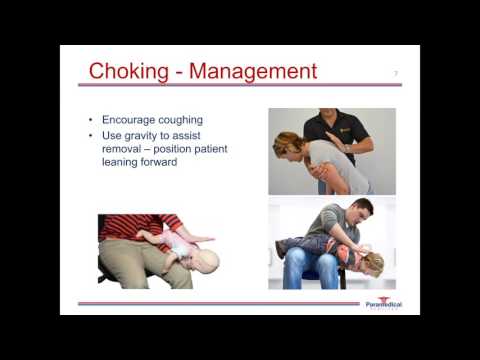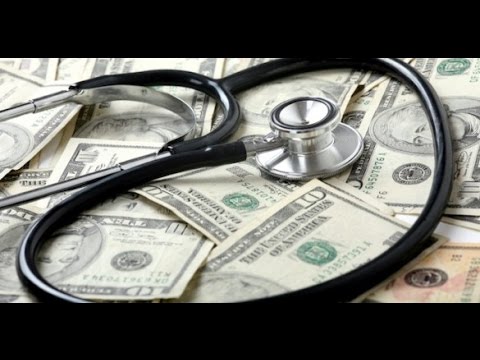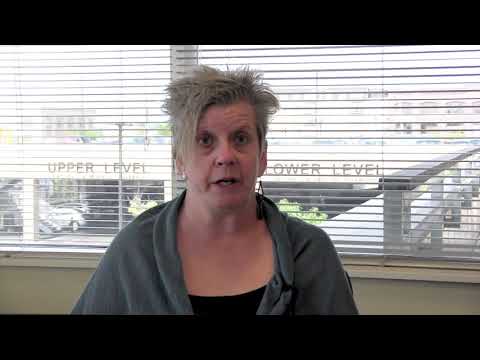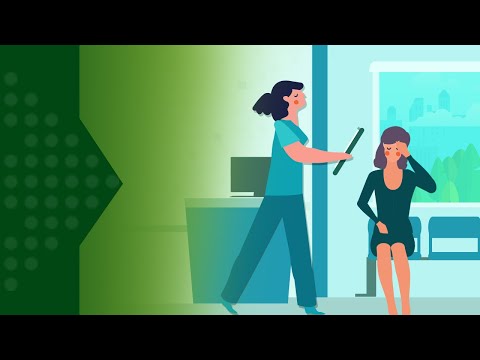Medical Emergency Assistance: What You Need to Know
Contents
When a medical emergency strikes, it’s important to know what to do. This blog post covers the basics of medical emergency assistance, including what to do if you or someone else is experiencing a medical emergency.
Checkout this video:
What is a medical emergency?
A medical emergency is a medical or psychiatric condition that is acute and poses an immediate risk to a person’s life or long-term health. It can be caused by an accident or illness.
In the United States medical emergencies are usually handled by emergency medical services (EMS). EMS providers include paramedics, emergency medical technicians (EMTs), and first responders.
Emergency services are generally dispatched to the scene of an incident by 911 operators. When they arrive, they will assess the situation and determine the best course of action. This may involve taking the patient to a hospital for further treatment or providing care on the scene.
Medical emergencies can be stressful and frightening, but it is important to remember that help is available. If you or someone you know is experiencing a medical emergency, don’t hesitate to call 911 for assistance.
When to call for medical assistance
There are certain situations when you should definitely call for Medical Assistance even if the injury or illness seems minor. If someone is unconscious, not breathing, or has a seizure, call 911 immediately. If there is heavy bleeding that can’t be stopped with direct pressure, also call for help.
If the person is conscious and breathing but the injury is severe, such as a broken bone or a deep cut, it’s best to wait for an ambulance. If you must transport the injured person yourself, take precautions to prevent further injury. For example, don’t move a person with a neck or back injury unless absolutely necessary.
Don’t hesitate to call for Medical Assistance if you’re not sure whether the situation warrants it. It’s better to be safe than sorry. When in doubt, always err on the side of caution and call 911.
What to do if someone is having a medical emergency.
When someone has a medical emergency, it is important to know what to do and how to effectively communicate with the medical professionals who will be assisting them. Here are some tips on what to do if you or someone you are with has a medical emergency:
-Call 911 immediately. Do not attempt to drive yourself or the person to the hospital, as this could make the situation worse.
-Stay calm and be as clear as possible when speaking to the dispatcher. Give them your location, and let them know what is happening (e.g., “I think my husband is having a heart attack”).
-If possible, have someone else stay on the line with the dispatcher while you attend to the person who is having the emergency.
-Follow the dispatcher’s instructions carefully. They will be able to walk you through some basic steps that can help stabilize the situation until professional help arrives.
Remember, in a medical emergency, every second counts. By following these steps, you can ensure that the person gets the help they need as quickly as possible.
First aid for medical emergencies.
In the United States someone has a medical emergency every 10 seconds. That’s more than 146 million people a year!
Most medical emergencies are caused by heart disease, stroke, cancer, breathing problems, and injuries. But anyone can have a medical emergency, at any time.
If you have a medical emergency, you may need first aid. First aid is the help you give to someone who has been hurt or who is having a sudden illness. It is very important to know how to give first aid because it can save lives.
##Here are some tips for giving first aid:
-Be calm and try not to panic. This will help the person who is hurt or sick feel better.
-Call for help right away. Dial 911 or your local emergency number. Tell the operator what happened and where you are.
-If the person is bleeding, apply pressure to the wound with a clean cloth.
-If the person is not breathing, start CPR right away.
-If the person has a seizure, put something soft under their head and keep them safe from injury until the seizure stops.
Knowing how to give first aid can be the difference between life and death in a medical emergency.
CPR for medical emergencies.
CPR, or cardiopulmonary resuscitation, is an emergency procedure that can be used to save a person’s life. It is a medical procedure that is used to restart a person’s heart and breathing. CPR can be performed by trained medical professionals, such as doctors, nurses, and paramedics, or by untrained bystanders.
When to Perform CPR
CPR should be performed in any situation where a person’s heart has stopped beating and they are not breathing. This can happen due to a number of reasons, including a heart attack, electrical shock, drowning, or suffocation. If you see someone in this situation, it is important to call 911 immediately and then start performing CPR.
How to Perform CPR
There are two basic steps to performing CPR: chest compressions and rescue breaths. Chest compressions are the most important part of CPR and should be performed at a rate of 100-120 compressions per minute. To perform chest compressions, place your hands in the center of the person’s chest and push down firmly. Rescue breaths should be given after every 30 chest compressions. To give a rescue breath, pinch the person’s nose shut and seal your mouth over their mouth. Breathe into their mouth for about one second to make their chest rise.
CPR can be a lifesaving procedure in an emergency situation. It is important to remember that CPR should only be performed if the person is not breathing and their heart has stopped beating. If you see someone in this situation, call 911 immediately and then start performing CPR
Choking emergencies.
Choking emergencies can happen to anyone at any time, and they can be life-threatening. If you are with someone who is choking, it is important to act quickly and calmly. The first thing you should do is call 911. Then, if the person is still conscious, perform the Heimlich maneuver. To do this, stand behind the person and wrap your arms around their waist. Make a fist with one hand and place it just above the person’s navel. Grab the fist with your other hand and give a quick upward jerk. Repeat this until the object blocking the airway is dislodged. If the person loses consciousness, begin CPR immediately.
Bleeding emergencies.
There are four main types of bleeding: arterial, venous, capillary, and blood Vessel. Each type of bleeding has different characteristics and requires different treatment.
-Arterial bleeding is bright red and spurts rhythmically with the heartbeat. This is the most serious type of bleeding and requires immediate medical attention.
-Venous bleeding is dark red and oozes steadily. This type of bleeding can often be controlled with direct pressure and elevation.
-Capillary bleeding is usually minor, such as a nosebleed, and can be controlled with direct pressure.
-Blood vessel bleeds internally and can cause serious damage if not treated immediately. This type of bleed is usually not apparent on the outside of the body.
Burns.
There are three types of burns that are important to remember: heat, chemical and electrical.
-Thermal (heat) burns. These burns result from exposure to flames, hot liquids, gases or solids.
-Chemical burns. These occur when the skin or eyes come into contact with acids or other caustic substances.
-Electrical burns. These are caused by contact with live electrical wires or Lightning.
First degree burns
involve only the epidermis, or outer layer of skin. They cause the skin to turn red and swell, but do not blister. Sunburns are an example of first degree burns.
Second degree Burns
involve damage to the epidermis and dermis, or second layer of skin. They cause the skin to turn red and blister, and may be painful.
Third degree Burns
damage all layers of the skin and underlying tissues. They cause the skin to turn white or black (charred), and may be painless because nerve endings have been destroyed.
Fourth degree Burns
extend through all layers of skin and surrounding tissues such as muscle and bone.
Fractures.
There are two main types of fractures: closed and open. A closed fracture means that the bone is broken but not piercing the skin. An open, or compound, fracture means that the bone is protruding through the skin.
Most fractures can be treated without surgery, but some may require surgery to repair the bone. The type of treatment will depend on the location and severity of the fracture.
If you think you or someone else has a fracture, it is important to seek Medical assistance immediately.
Seizures.
##Keywords: medical emergency, assistance, seizure, First Aid
A seizure is a medical emergency that can cause a person to collapse, become unconscious, and have muscle convulsions. Seizures can be caused by many things, including head injuries, high fevers, electric shock, and certain poisons. If you see someone having a seizure, it is important to follow these steps:
1. First, make sure that the person is in a safe place. Remove any sharp objects or furniture nearby that could hurt them during the seizure.
2. Next, help them to lie down on their side so that they do not choke on their tongue or vomit.
3. Do not try to hold down their limbs or stop the convulsions — this can actually cause further injury.
4. Stay with the person until the seizure has ended and they are awake and aware again.







